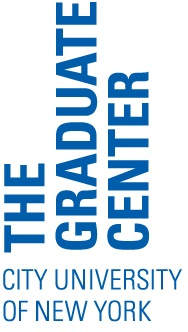Pathways for Graduate Students to K-12 Teaching Careers

Photo by Note Thanun on Unsplash
Many graduate students are interested in teaching careers in K-12 schools, but may not be sure what credentials they need in order to do so. The first choice you must make is whether you’d prefer to teach at an independent or public school. Based on your decision, you must then determine what types of educational requirements and work experiences you will need to help make you an eligible and promising candidate.
Independent Schools
There are several reasons to teach at an independent school, including the fact that you usually do not have to complete a teaching certification program in order to do so. Only a Bachelor’s degree is required for these positions, although a Master’s or Doctorate is often preferred.
To find jobs at independent schools, you can check out the National Association of Independent School’s job database. You might also consider working with a placement agency such as Carney, Sandoe, & Associates, which places teachers across the country, or Independent School Placement, which places teachers specifically in the New York metropolitan area. Even with an advanced degree, these positions can be highly competitive.
While many Graduate Center students have plenty of experience teaching in college classrooms, it may be helpful to substitute teach at an independent school in order to gain experience working specifically with K-12 students.
Public Schools
While there are advantages to teaching at independent schools, there are also benefits to teaching in public schools. The student bodies of public schools tend to be more diverse, and teacher salaries on average are higher than at independent schools. However, if you decide you’d prefer to teach in a public school, such as those that are part of New York City’s Department of Education, there is one big difference to consider when it comes to obtaining one of these positions: you must become a certified teacher.
Luckily, there are several ways to do so for those with graduate-level degrees.
*Note: Certification requirements in NYS can vary based on subject area and grade level. Be sure to confirm the specific pathways available to your desired position. The NYS Education Department’s website outlines the complete certification process from start to finish.
Traditional Route
The first option is to take the time to complete a teacher education program at a college or university before you try applying to jobs. Bear in mind that you will be certified to teach only in the state in which you complete your licensing program (although some states will cross-honor certificates or streamline the process towards recertification).
Transitional C Certificate
A more enticing option in New York State might be to obtain a “Transitional C Certificate.” If you’ve earned your Master’s or PhD, this certificate allows you to begin teaching in a public school before you have completed a teacher education program as long as you are simultaneously enrolled. You may hold this certificate for up to three years while you complete certification requirements, including passing certification and subject area tests, completing several state workshops, and getting fingerprinted.
Transitional G Certificate
If you’ve obtained your graduate degree and also have teaching experience at the college level, your path may be even faster. In New York State, your graduate degree qualifies you to begin teaching at a public school in a related subject area as long as you also have two years of teaching experience in an institution of higher education. This “Transitional G Certificate” is valid for two years, during which you will complete your certification requirements, which include an abbreviated amount of “pedagogical core” coursework, passing the certification exam, completing several state workshops, and getting fingerprint clearance.




